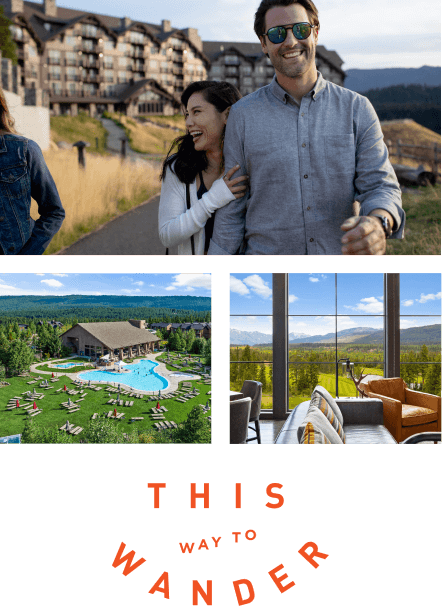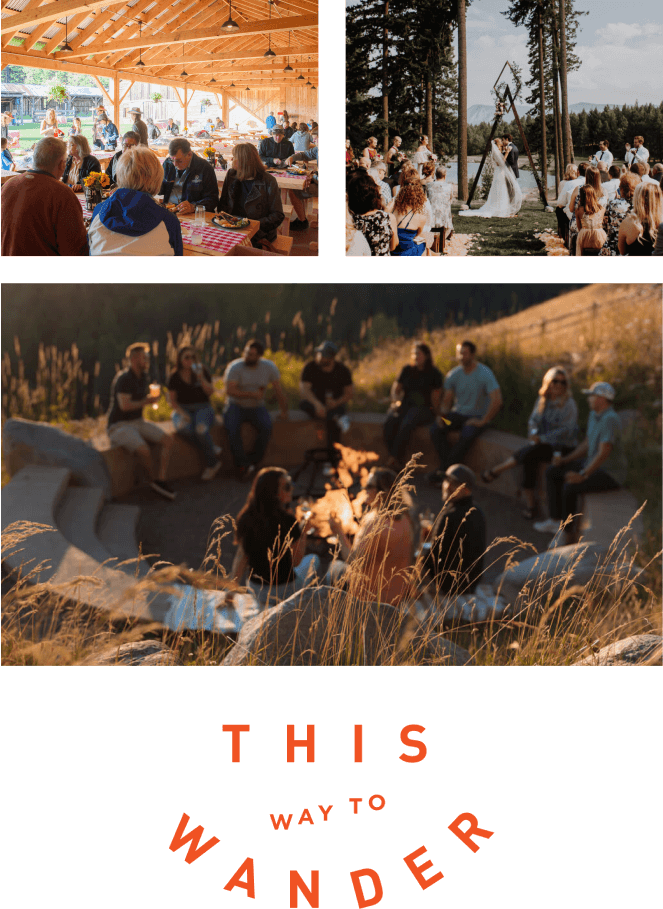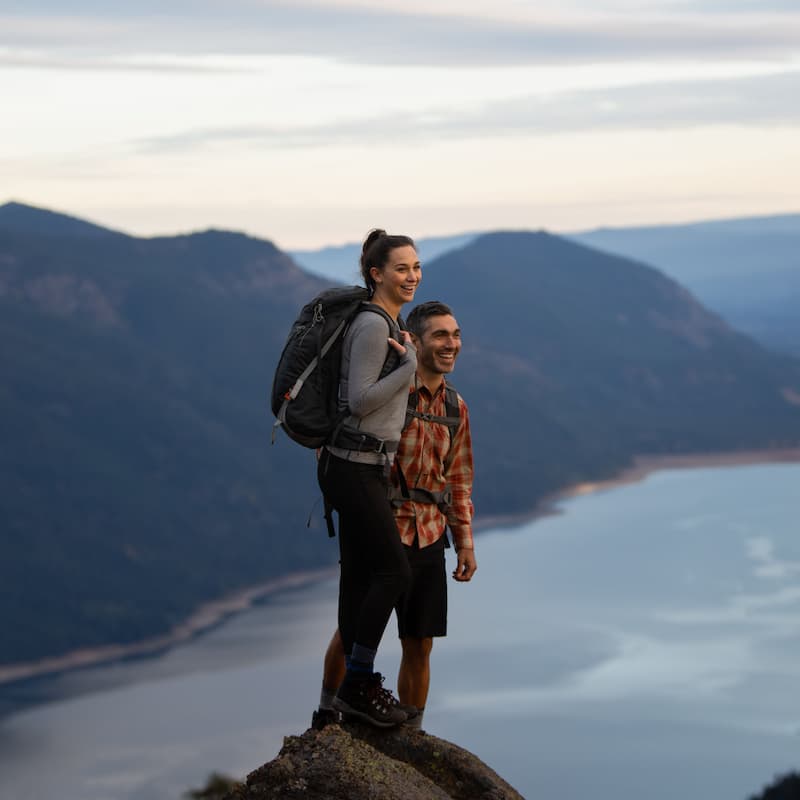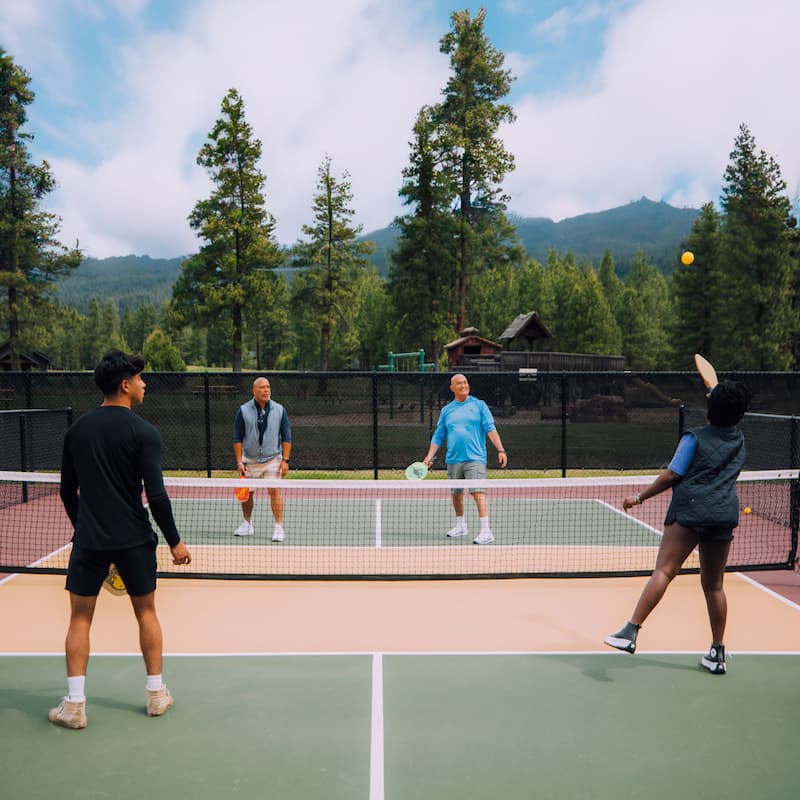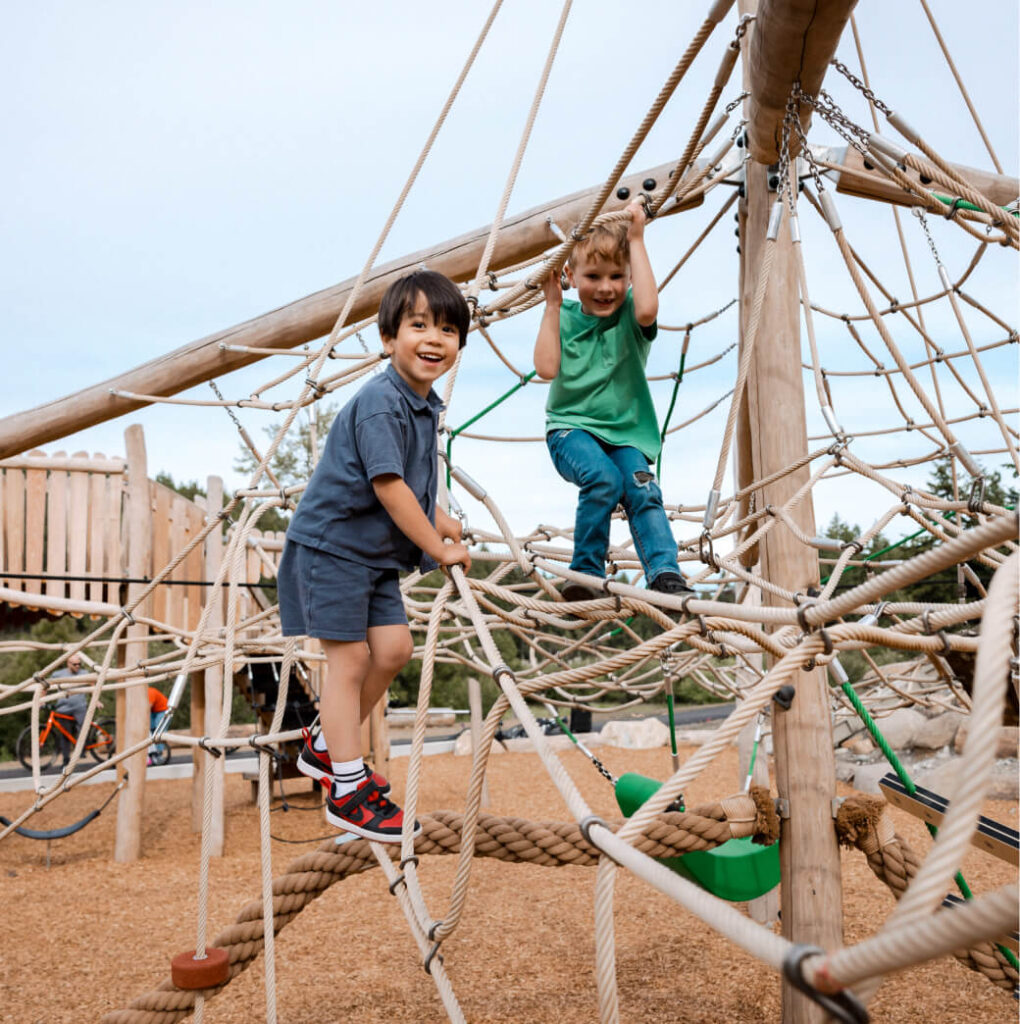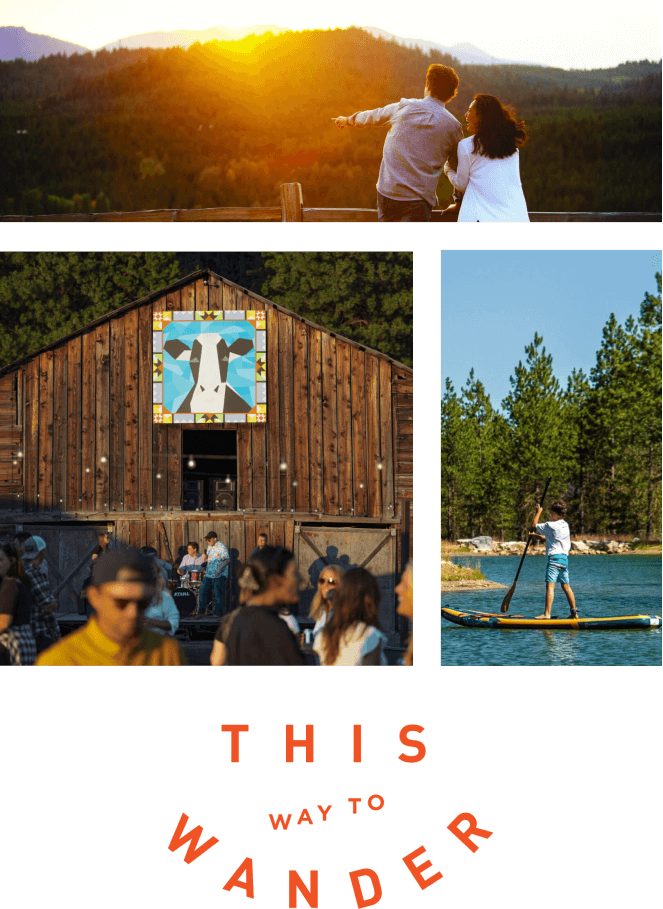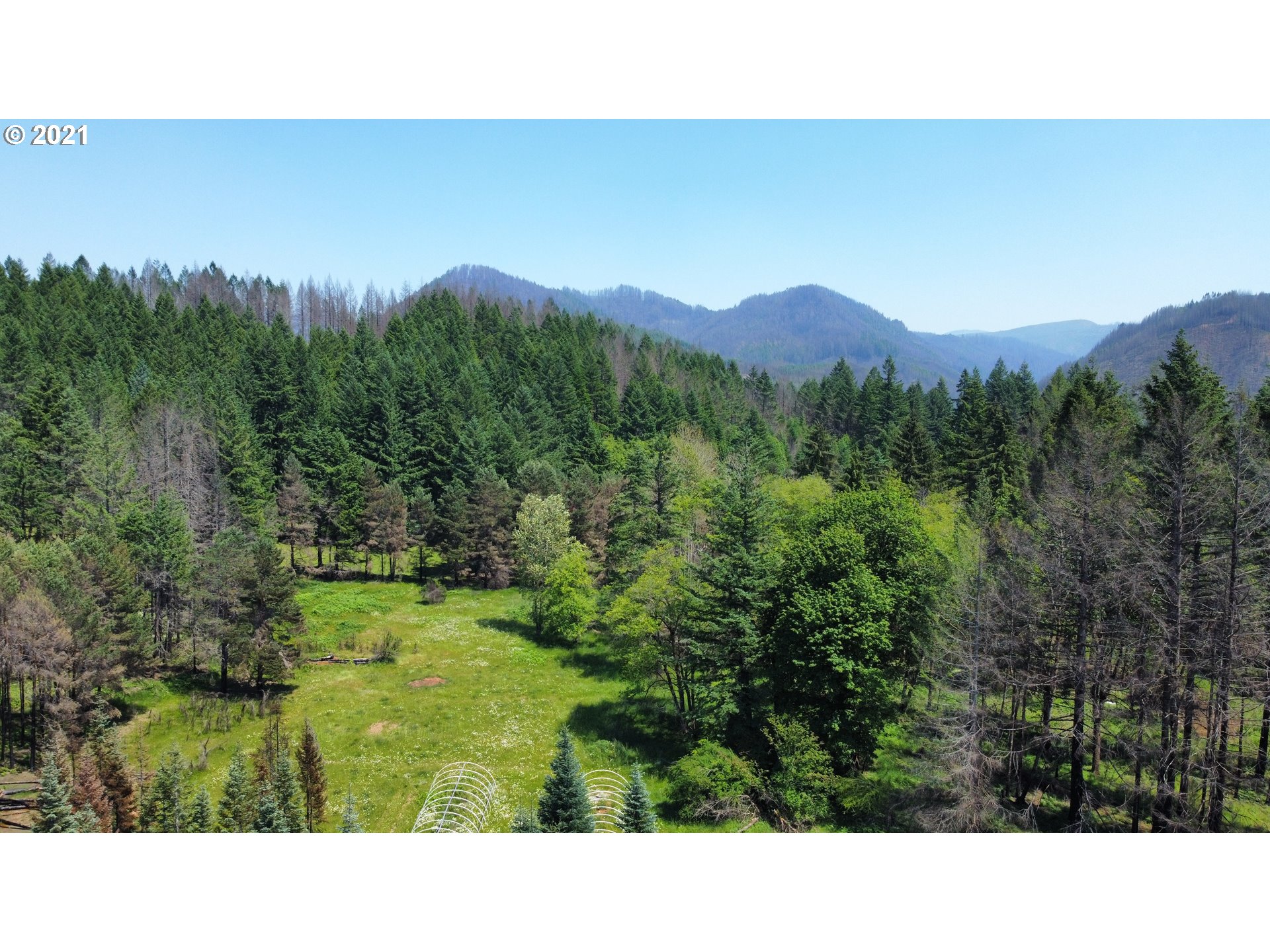
The Jolly Mountain Fire near Roslyn and Cle Elum is one of many ongoing wildfires ravaging central and eastern Washington. So far, the lightning-caused fire has burned over 23,000 acres, prompting evacuation alert notices to residents of those two towns. The area was also the site of a recent visit by Governor Jay Inslee, who has declared a statewide state of emergency in response to the wildfires.
Although warnings have also been issued to homeowners at the nearby Suncadia private resort, forestry experts say they have less to worry about thanks to years of active management of surrounding forestland. It’s an effort that Washington Department of Natural Resources (DNR) hopes to replicate on state-managed forestland.
“When I first saw this fire, I thought ‘well, I’ve done a lot of work on this side of the resort.’ If I had a choice to fight this, this is one of the areas I’d prefer it to come,” Roslyn native Tony Craven said. A former Cle Elum Forest Service ranger, he is the forestry and firewise coordinator for the Suncadia Community Council and a member of the state Wildland Fire Advisory Committee, which meets regularly at the resort.
Suncadia covers 6,300 acres west of Cle Elum and south of Roslyn, much of which is forestland.
Over the last four years, Craven and the Forest Health Stewardship team have treated approximately 500 acres of forestland around the resort. Their work was based on a 2008 Forest Health Stewardship Plan developed for Suncadia, though projects didn’t get underway for several years due to the Great Recession. Craven said the report has since been updated to reflect the latest science.
The plan’s analysis of the land, owned and managed by Plum Creek Timber Company until 1996, is akin to that of those made by experts of statewide forests, and their prescriptions are similar.
“The “natural” state of the forests in the area has been altered by centuries of disturbance,” the plan states. “Even under “natural” conditions in the absence of man, disturbances such as floods, insect outbreaks and wildfires may have altered habitats on the property to a point where they are not what many people now view as a desired ‘natural’ condition.”
“Crowded forest trees often self-prune their lower branches, conserving energy for the leaves in the canopy, which are gathering sunlight. Some severely crowded trees die from a lack of sufficient moisture and nutrients,” the plan continues. “This condition (a crowded forest with frequent dead trees and the remaining trees with dead lower branches) produces a stand that is highly susceptible to fire. Ground fires moving into the stand may more easily spread to the canopy, causing a devastating crown fire that can burn entire forests.”
The plan calls for thinning stands of overcrowded trees such as grand fir and reducing forest fuels through mechanical thinning, which has been the primary method of restoring the forestland, according to Craven. Although DNR and other state and federal agencies are looking at prescribed burns to reduce fuel loads, it was deemed not viable for Suncadia.
The plan also notes that Plum Timber “left the area in a relatively good condition in many aspects”. It also states that “modern fire prevention efforts (since the 1940’s or even earlier) have helped in maintaining this artificially high tree density,” a conclusion many forest experts highlighted to state lawmakers during this year’s legislative session.
Much of Plum Timber’s forest work, in conjunction with the efforts of the Forest Stewardship Team, is why the resort is relatively safe from wildfire, Craven said. “They put in a fuel break immediately on their property line and went through and thinned the forest up there.”
As a result, much of the area potentially threatened by wildlife consists of open ponderosa pine stands, he said. “If a fire did come, before it got to any of our structures, we have probably a mile to two miles (of open forest) from the edge of our property.”
Craven said their plan now is to restore another 3,500 acres by removing more small-diameter trees. The focus is on sections of land that could potentially lead a wildfire up to the resort, he added.
“I’m tactically placing my treatments to protect the greatest amount of the resort as I can,” he said.
In addition to treating forestland, Craven said they also host an annual forest health meeting for local homeowners.

